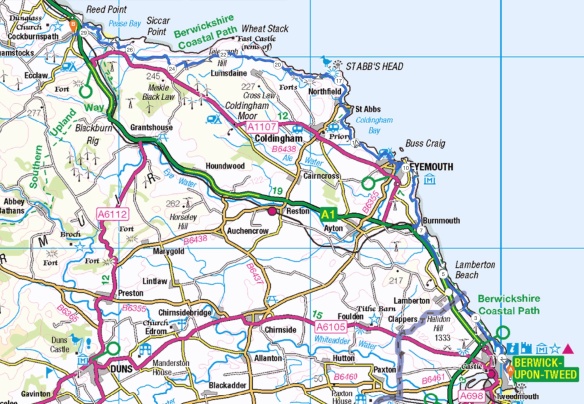
The Berwickshire Coastal path runs from Berwick upon Tweed to Cockburnspath covering a distance of 30 miles. Despite walking along the top of impressive cliffs, which would not look out of place on the Cornish coast, the total height gain (for the whole route) is a modest 900 meters according to my map (1060 meters if you trust Wikipedia). I walked the path ‘fast and light’ over two days. My aim was to walk from Berwick to Coldingham Bay on Day One then to Cockburnspath on Day Two. In my case I overshot my proposed end point on the first day and camped instead just shy of St Abbs Head. This proved a far nicer spot for a wild camp. One of the practical appeals of this path is that Dunbar is just a modest bus ride (28 min) from Cockburnspath making it straight forwards to get a fast train (25 min) back to Berwick should you have parked there, as I had, or onwards to home if you have used public transport all the way. Buses only currently run this route on weekdays, so I had to take a taxi to Dunbar as I did the walk over a weekend.
Conclusion
The path had been recommended to me as “Cornwall without all the people” with which I concur. I thoroughly enjoyed all but the final 20% of the route. It is pleasingly dramatic, far more so than the Northumbrian coast path which I walked in 2021. Where I to walk in this area again, I would combine the best of both paths and start from Beal (Opposite Lindisfarne) and walk to Oatley Hill, itself ca. 2 miles beyond St Abbs head. Some of the most impressive cliffs are to be found in this ‘final’ two mile stretch and are thus not to be missed. The official route then becomes less attractive as it takes a big dive inland, and in composed of a tidy bit of road walking interspersed by very muddy fields.
The Details
Day 1 – Berwick-upon-Tweed to just shy of St Abb’s Head (17 miles, 450 m height gain)
I had driven to Berwick the previous evening and slept in the van on a back street not far from the Railway Station. This enabled me to get an early start and enjoy the best weather of the day. I was soon at the coast
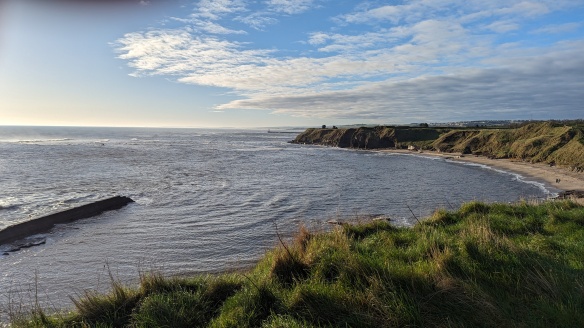
The first part of the path is pleasant rather than dramatic, but the sky was clear and blue and it was early enough for no one else to be around so I revelled at being out in the sunshine. Just over five miles brought me to the Scottish border.
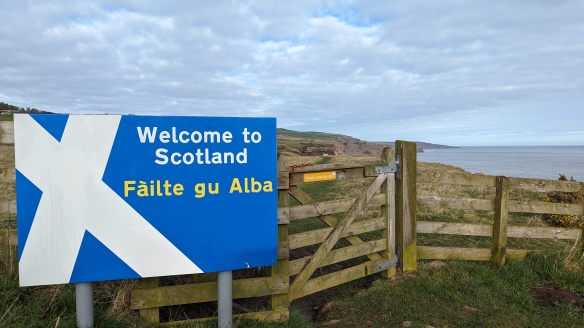
From this point on, knowing that I had the freedom to wild camp almost anywhere was liberating. Soon engineering marvels outdid the natural splendour as the path ran right next to the East Coast Main Line.

As you come level with Catcairn Bushes, just before you depart from being directly next to the railway, there is a flattish area protruding into the sea (NT 967,595) perfect for a wild camp and a good place to stop on the amended route I mentioned above. Water could easily be collected en route from one of a number of taps at the static caravan park passed three miles prior to this point. From here the path wiggles down to an unusual coastal hamlet – Burnmouth – which is built right under the cliffs and a stone’s throw from the sea.
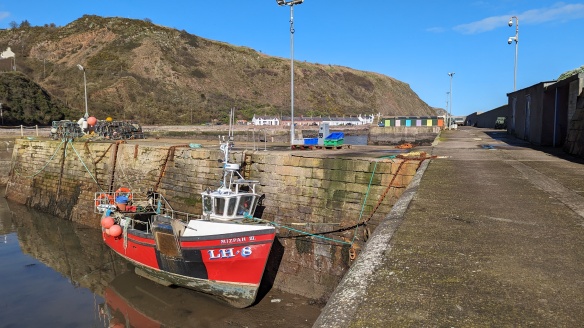
The character of this little settlement really reminded me of the fictional village of Greystone in Ann Cleeves novel “The Raging Storm”, where the detective and his team are cut off in the village by wild seas. I could very much see that happening here in Burnmouth too. At this point you leave the railway well behind and enjoy some splendid cliff architecture all the way into the small fishing town of Eyemouth.
The bronze sculpture is a memorial to the loss of 129 fisherman and 20 boats in a great storm of October 1881. It depicts the widows and bairns looking out to sea mourning the loss of their husbands and fathers.
In Eyemouth I can recommend The Ship PH if you feel the need of zymological refreshment. For me, it was a chance to shelter from a strengthening wind and open out my map and plan the rest of the day. I was so far ahead of plan that I wanted to locate an alternative camping spot another 2-3 miles past my proposed end point.
This next section was also very picturesque…
Once I was past the village of St Abbs I started to look for a pitch for the night. The wind was now very strong and my shelter for the night only good for winds up to around 30 mph. I needed to find somewhere that would offer some protection. There were some beautiful exposed pitches which I would have used with a more storm worthy tent, or on a calmer evening. However, I found a lovely sheltered pitch in the lea of Wuddy Rocks within sight and smell of the white topped waves of the North Sea.
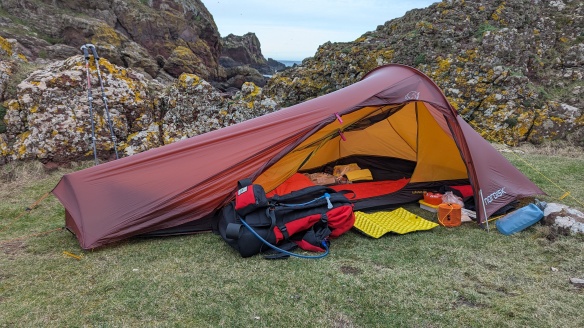
This is the third two day walk I’ve done with my Nordisk Lofoten. To call it a tent is something of an exaggeration, it is the antithesis of the Tardis in that it is actually far smaller than it looks in the photo! However, it is far more comfortable, dry and warm than any tarp or bivvy shelter that I have ever seen or used. And, at 600g, including a polycro footprint, proper pegs and all the guys (not all of which are included in the advertised weight of 490 g), it is lighter than any of these less satisfactory shelters. Indeed, I am coming to love it for walks like this one. The fact that lying down was my only option did not seem a hardship after walking 17 miles along the coast with a 9 kg pack. Half an hour after finishing my dinner, I was ready for sleep.
Day 2 – St Abb’s Head to Cockburnspath (12 miles, 420 m height gain)
A early night (asleep before 8pm) allowed for an early start, and I was walking away at sunrise. After around 10 minutes I was greeted by the St Abb’s Head lighthouse.
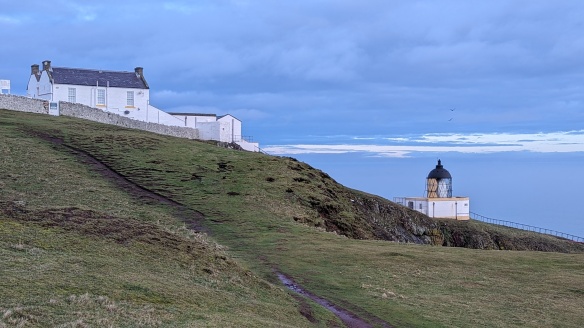
The next 2 ½ miles were the most attractive of the whole walk.
It was then a shame that the path headed inland. I missed a trick by not taking a diversion to Fast Castle which, on seeing pictures afterwards, I would recommend to anyone walking this route. It takes five miles to get back to the coast again and it is well worth stopping to look back at the cliffs you don’t get to walk along – albeit with some sense of regret on my part.
There is significant history attached to this stretch of cliffs and the geological story which they tell. James Hutton (1726-1797), often referred to as the Father of Modern Geology, found evidence to support one of his key geological theories by examination of the cliffs around Siccar Point. He would have been a controversial character at the time, as one of his conclusions was that the sedimentary rocks seen in these cliffs must, at one time, have been on the sea bed. The processes of their formation and now elevation, he reasoned, was evidence for the earth being far, far older than the 6,000 year age held to by the Christian church of the time. A Scottish Galileo?
The penultimate mile was by far the most slippery (muddy) of the whole path and should be very pleasant in the summer, but not in early Spring! Then it was time to say goodbye to the coast and to my walk as I headed under the railway, then the A1 and into Cockburnspath.
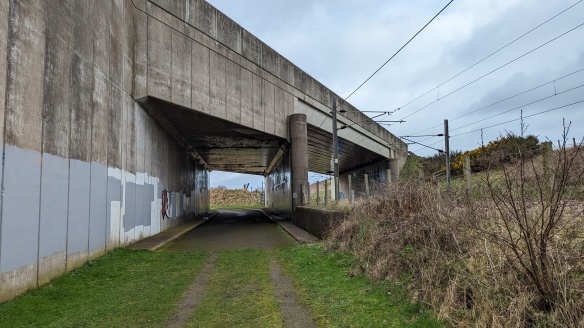
As I sat in the excellent Station Yard micro-pub, opposite Dunbar station, I was able to reflect on what an fantastic two days it had been, and ponder what I would recommend to myself and others who look to try out this walk in the future – vida supra.
Addendum
If you opt to change this walk to my suggestion of from Beal to Oatley Hill, you could then retrace your steps back to St Abbs, take a bus to Berwick-upon-Tweed and then change for a second bus to Beal (link to 477) both of which are currently quick journeys by bus standards. At time of writing, both of these bus routes run seven days.







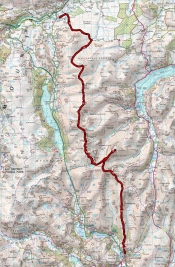


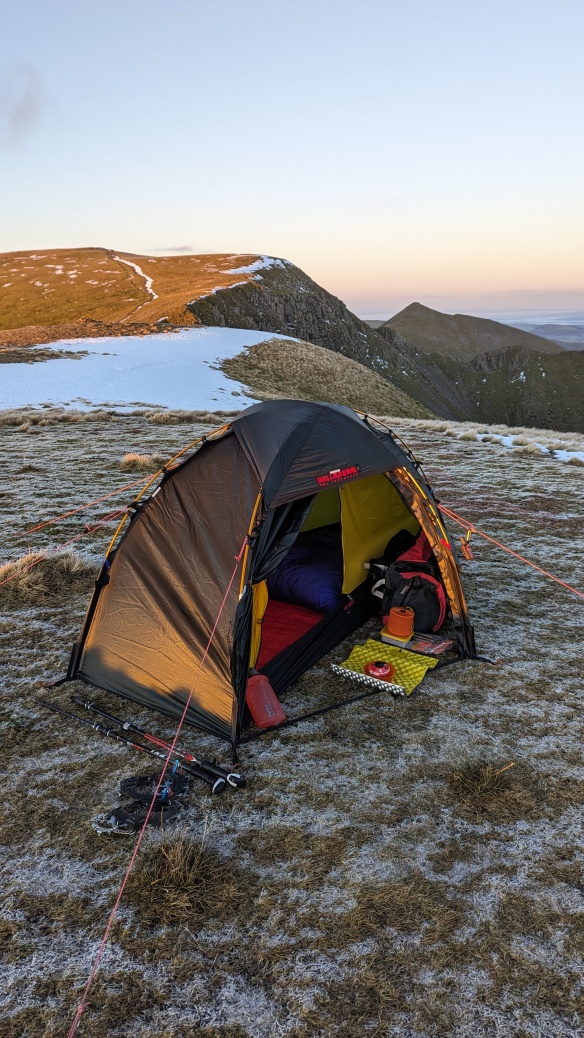
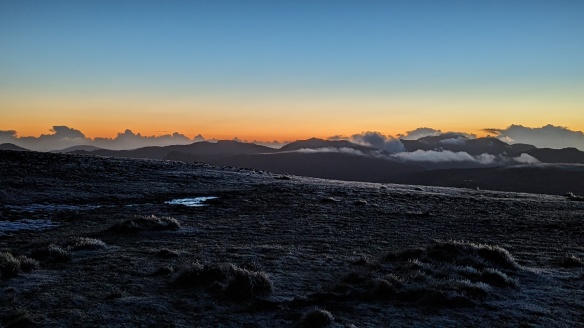



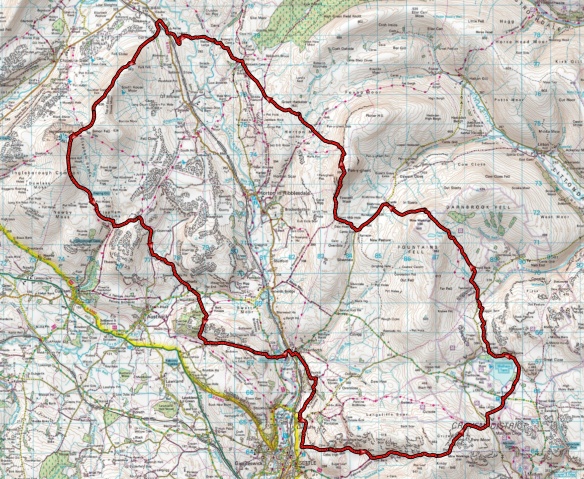
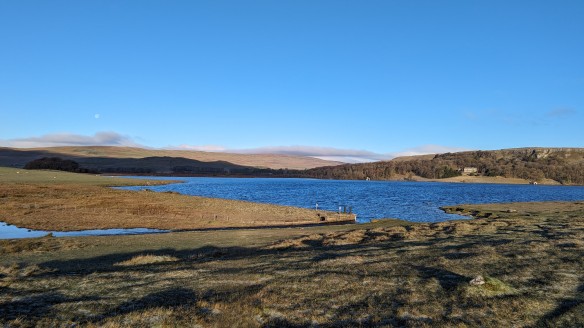
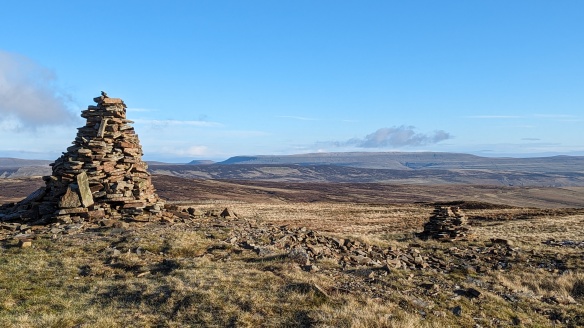
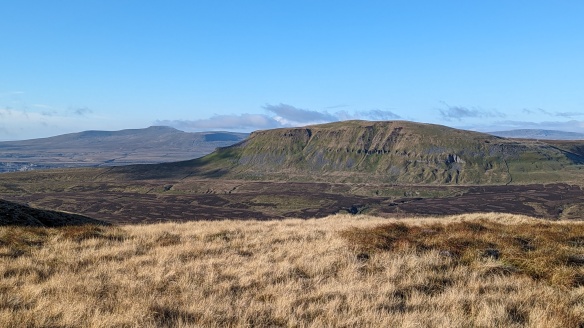
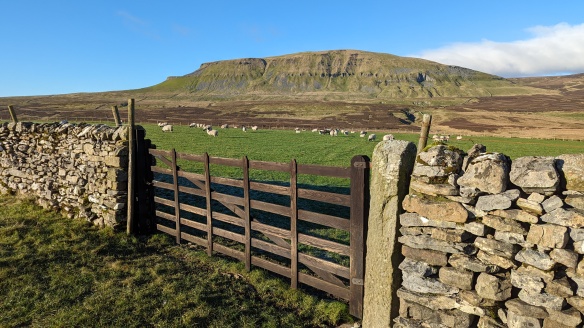
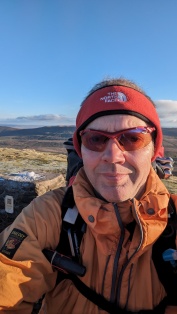 It was fresh and clear on the top, but I needed to press on. Today’s route towards Ribblehead / the foot of Park Fell was new to me. Had it not been frozen solid this would have been a very boggy path indeed. Should I walk this route again I will take the slightly longer route via Pennine Way path which has been ‘improved’. The light was now starting to fail and I needed to decide if it was wise to ascent Park Fell and look for a camping pitch in the dark. The alternative being to stop early and extend Day Two. I knew that the end of Day Two traced the Pennine Bridleway so should be easy to follow (in the dark) so I found a suitably hidden pitch next to Brown Gill Beck. I was too close to farm buildings really, but it was rough ground rather than pasture. Pitching 20 minutes after sunset and leaving at dawn meant no one came to move me on. The view of Park Fell, where I should have been camping, was beautiful in the moonlight.
It was fresh and clear on the top, but I needed to press on. Today’s route towards Ribblehead / the foot of Park Fell was new to me. Had it not been frozen solid this would have been a very boggy path indeed. Should I walk this route again I will take the slightly longer route via Pennine Way path which has been ‘improved’. The light was now starting to fail and I needed to decide if it was wise to ascent Park Fell and look for a camping pitch in the dark. The alternative being to stop early and extend Day Two. I knew that the end of Day Two traced the Pennine Bridleway so should be easy to follow (in the dark) so I found a suitably hidden pitch next to Brown Gill Beck. I was too close to farm buildings really, but it was rough ground rather than pasture. Pitching 20 minutes after sunset and leaving at dawn meant no one came to move me on. The view of Park Fell, where I should have been camping, was beautiful in the moonlight.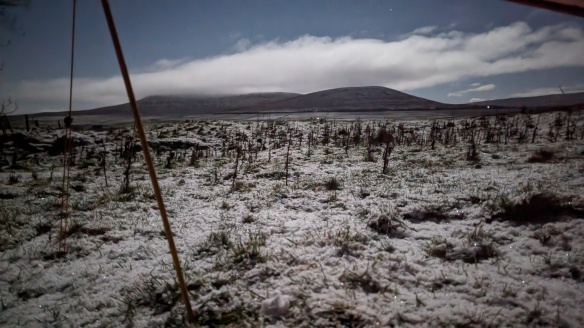
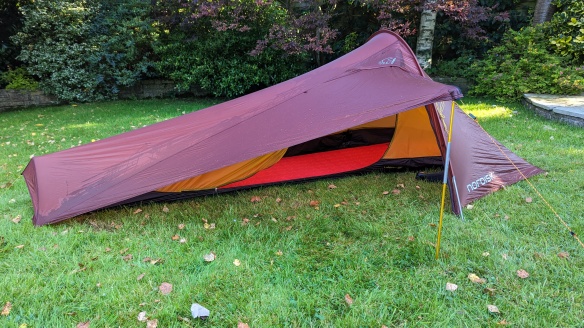
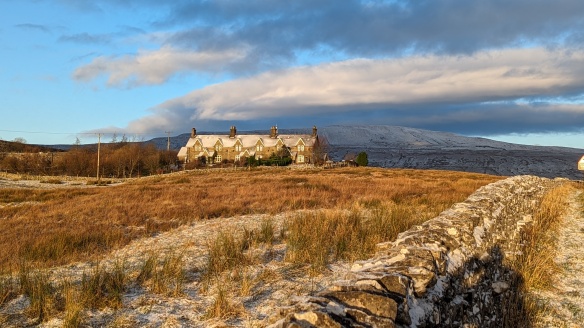
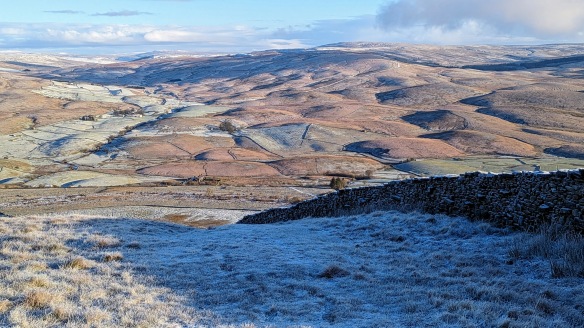
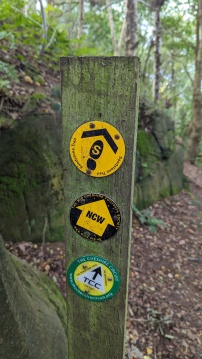 Cheshire is dominated by flat agricultural plains and the petrochemical plants of Runcorn & Ellesmere Port and thus not the first place you think of as great walking country. Thus describing this as “the best walk in Cheshire” is something of a guarded compliment and rather underplays the views and drama of this ‘medium distance’ path. The route is defined by a sandstone ridge that elevates you above the plain thus affording you far reaching views, as far as the Clwydian Range of hills in North Wales in one direction and the Peak District in the other. But you don’t need to look into the far distance for interest, when you are on sections of the ridge the Sandstone itself is both colourful and very attractive
Cheshire is dominated by flat agricultural plains and the petrochemical plants of Runcorn & Ellesmere Port and thus not the first place you think of as great walking country. Thus describing this as “the best walk in Cheshire” is something of a guarded compliment and rather underplays the views and drama of this ‘medium distance’ path. The route is defined by a sandstone ridge that elevates you above the plain thus affording you far reaching views, as far as the Clwydian Range of hills in North Wales in one direction and the Peak District in the other. But you don’t need to look into the far distance for interest, when you are on sections of the ridge the Sandstone itself is both colourful and very attractive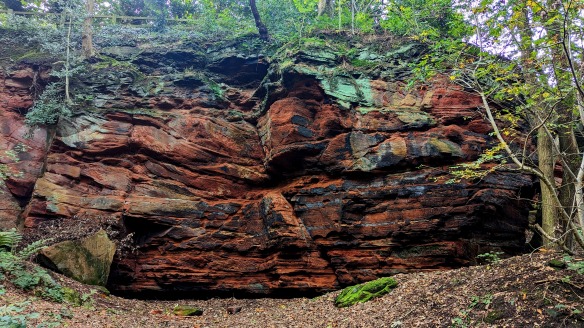
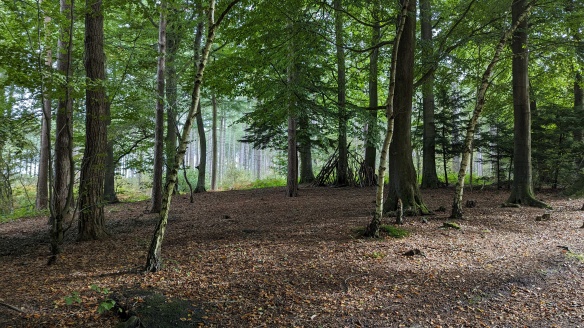




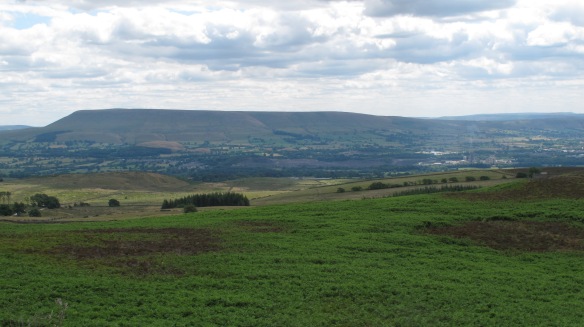
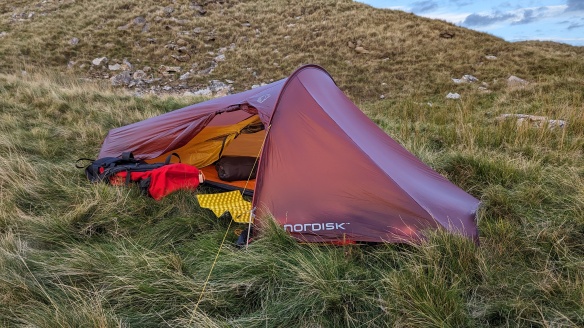
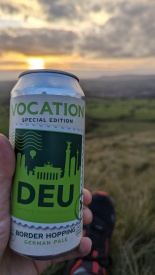 A game changing feature of the Lofoten is being able to use the door as a tarp which gives you covered space to cook under, so long as the wind is not too strong (≤ 20-25 mph).
A game changing feature of the Lofoten is being able to use the door as a tarp which gives you covered space to cook under, so long as the wind is not too strong (≤ 20-25 mph).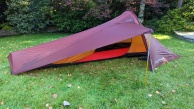
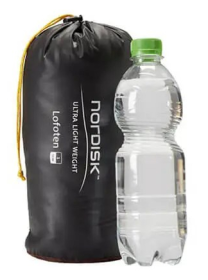
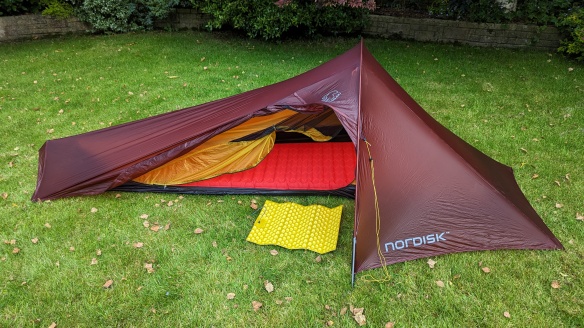
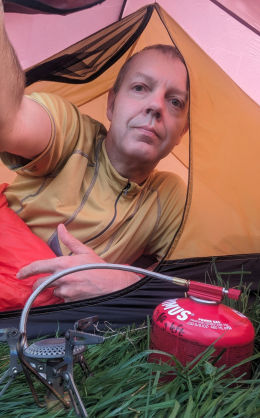 I found it easier to get undressed / dressed in the Lofoten than under the tarp, in part because the inner tent protects you from condensation on the fly and also because the height does not drop away as sharply. The “headroom” around my waist and thighs is actually greater. That said, unless you are a child you’ll not be able to sit up, the maximum headroom being a very modest 70 cm.
I found it easier to get undressed / dressed in the Lofoten than under the tarp, in part because the inner tent protects you from condensation on the fly and also because the height does not drop away as sharply. The “headroom” around my waist and thighs is actually greater. That said, unless you are a child you’ll not be able to sit up, the maximum headroom being a very modest 70 cm.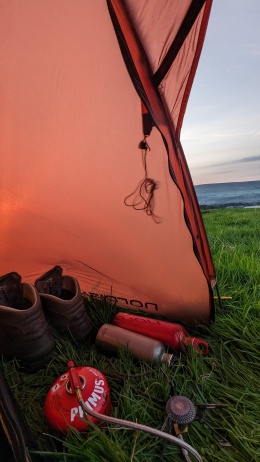 There is space for boots, stove & waterproofs (only) in the fixed section of the tiny porch – see photo. If you have the door open in ‘tarp mode’ you have lots of covered space, but if you want to keep your pack undercover it will need to be in the wide part of the ‘opening section’ of the porch and pushed out of the way when you want to get in and out of the tent. This leaves the narrow end of the porch somewhere you are best not to store any gear.
There is space for boots, stove & waterproofs (only) in the fixed section of the tiny porch – see photo. If you have the door open in ‘tarp mode’ you have lots of covered space, but if you want to keep your pack undercover it will need to be in the wide part of the ‘opening section’ of the porch and pushed out of the way when you want to get in and out of the tent. This leaves the narrow end of the porch somewhere you are best not to store any gear.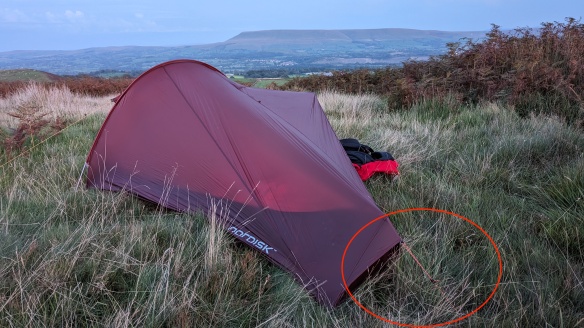
 All the above *claimed weights are achieved using 2 g titanium toothpick pegs. These are simply not practical options for real world camping – they are only really useful for use on a golfing green on a calm night! The Lofoten was supplied with a set of toothpicks and also a set of standard Y pegs. When I add all the guys, eight Y pegs and two toothpicks (for the pole ends) but exclude the zip out inner pocket cum-tent-bag my real world weight comes to 590 g. That’s nicely inside the 700 g target which was the combined weight of my
All the above *claimed weights are achieved using 2 g titanium toothpick pegs. These are simply not practical options for real world camping – they are only really useful for use on a golfing green on a calm night! The Lofoten was supplied with a set of toothpicks and also a set of standard Y pegs. When I add all the guys, eight Y pegs and two toothpicks (for the pole ends) but exclude the zip out inner pocket cum-tent-bag my real world weight comes to 590 g. That’s nicely inside the 700 g target which was the combined weight of my 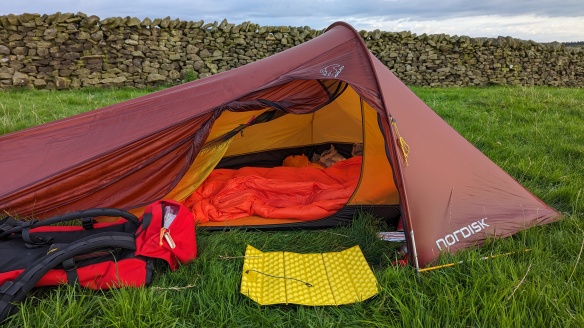
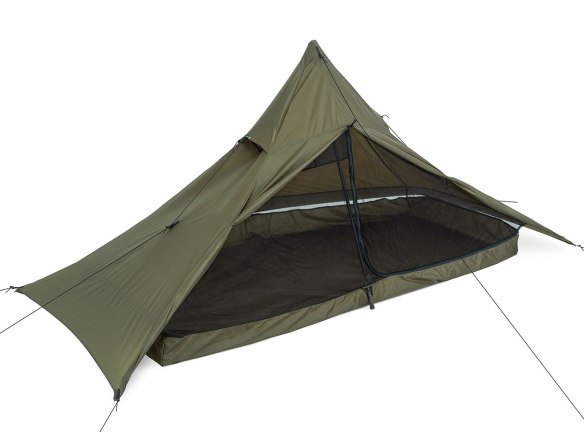




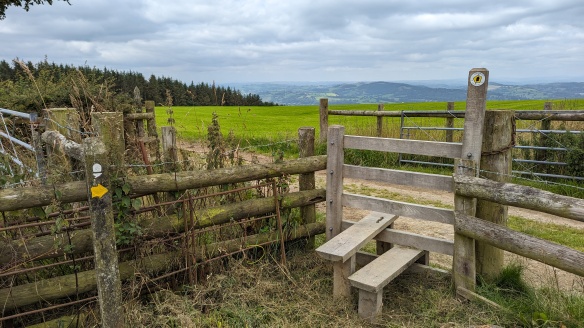
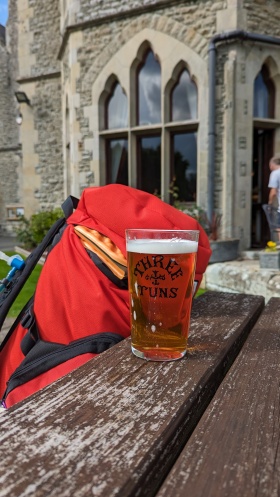

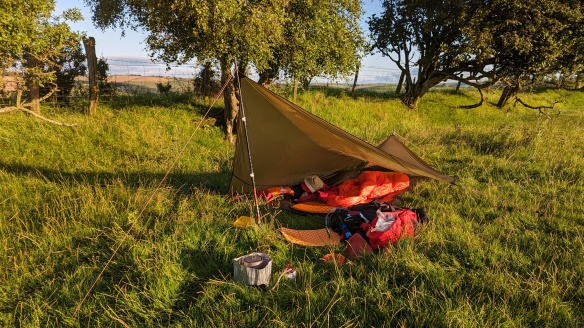
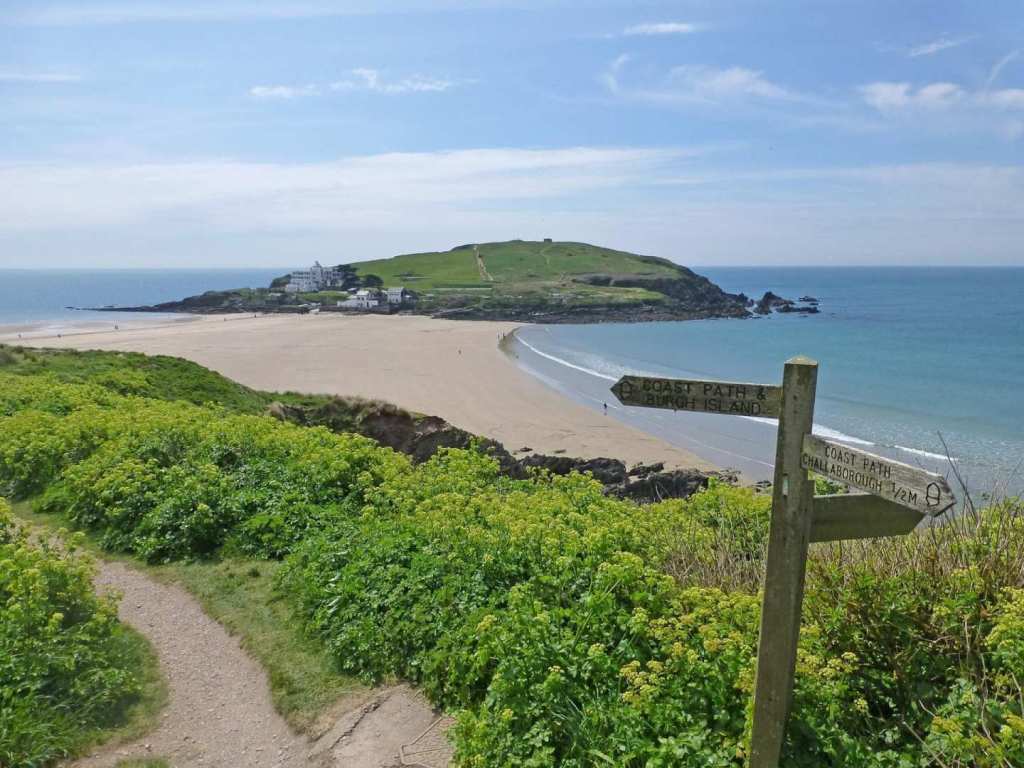
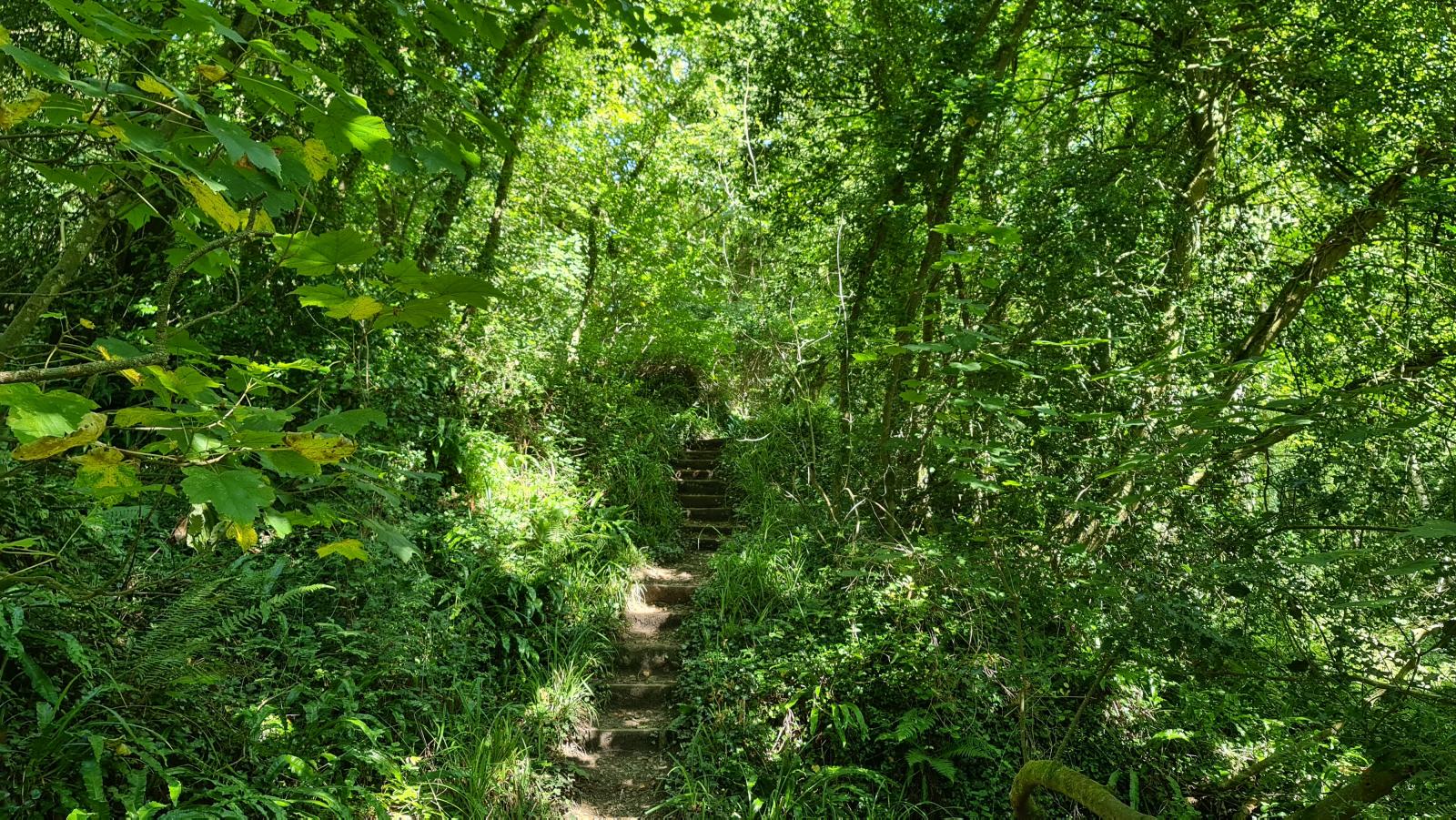



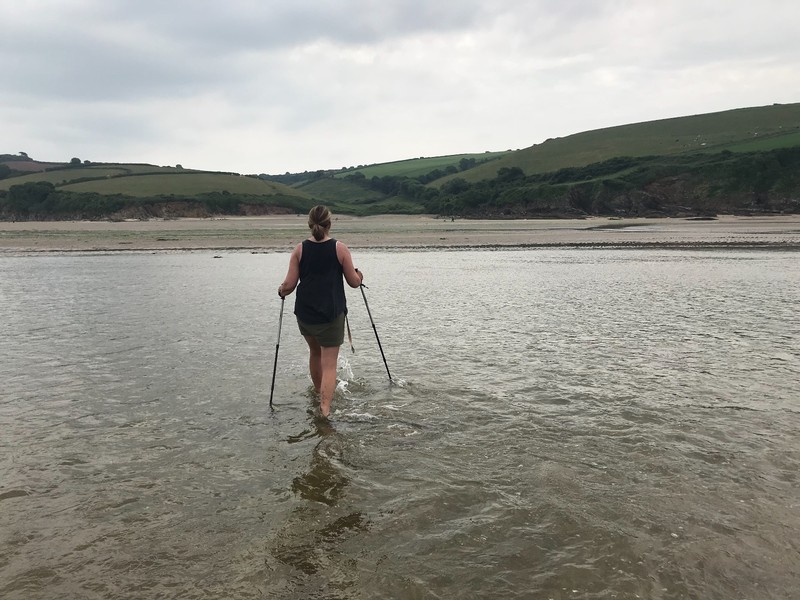
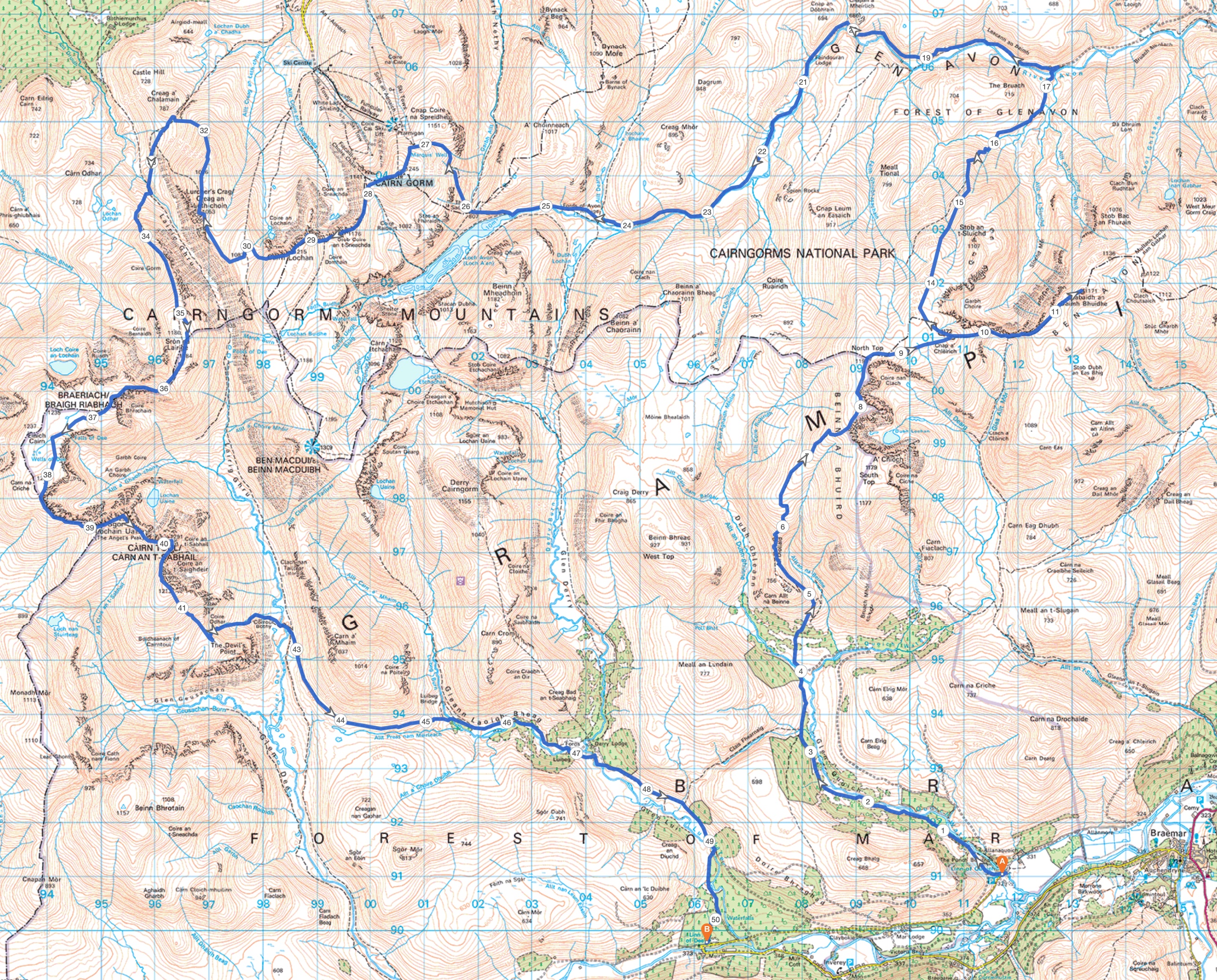
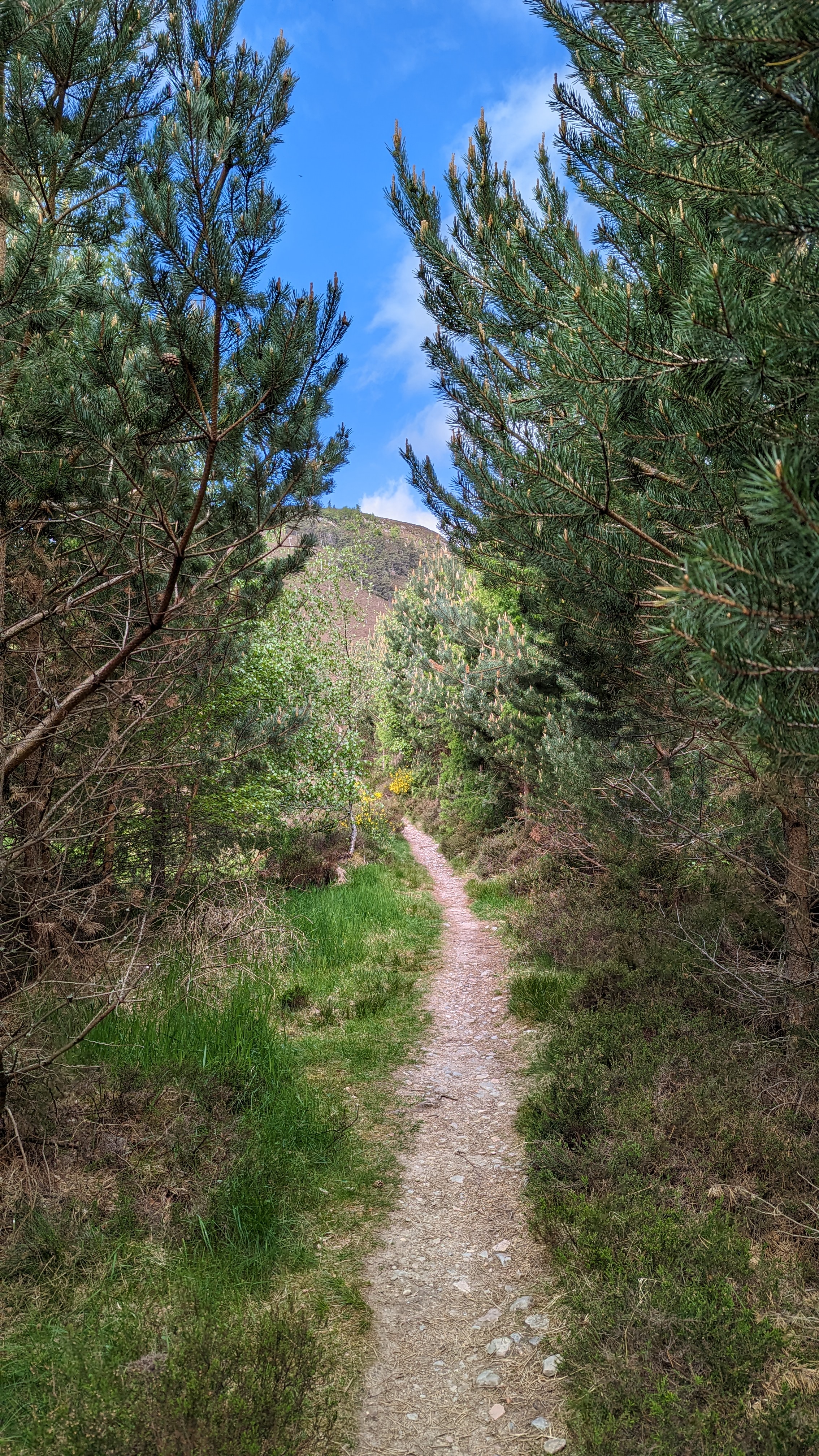 It is a long walk in to Ben Avon, and many people opt to cycle the shooters track to the base of the climb to cut 8 miles off of the total. Whilst not as appealing as Glen Lui, with it’s photogenic Scots Pines, it was an reasonably attractive walk in made more so by knowing that I would not be re-tracing my steps. My route first took me up Beinn A’ Bhuird (the first of six Munro’s and at least as many tops of this trip).
It is a long walk in to Ben Avon, and many people opt to cycle the shooters track to the base of the climb to cut 8 miles off of the total. Whilst not as appealing as Glen Lui, with it’s photogenic Scots Pines, it was an reasonably attractive walk in made more so by knowing that I would not be re-tracing my steps. My route first took me up Beinn A’ Bhuird (the first of six Munro’s and at least as many tops of this trip).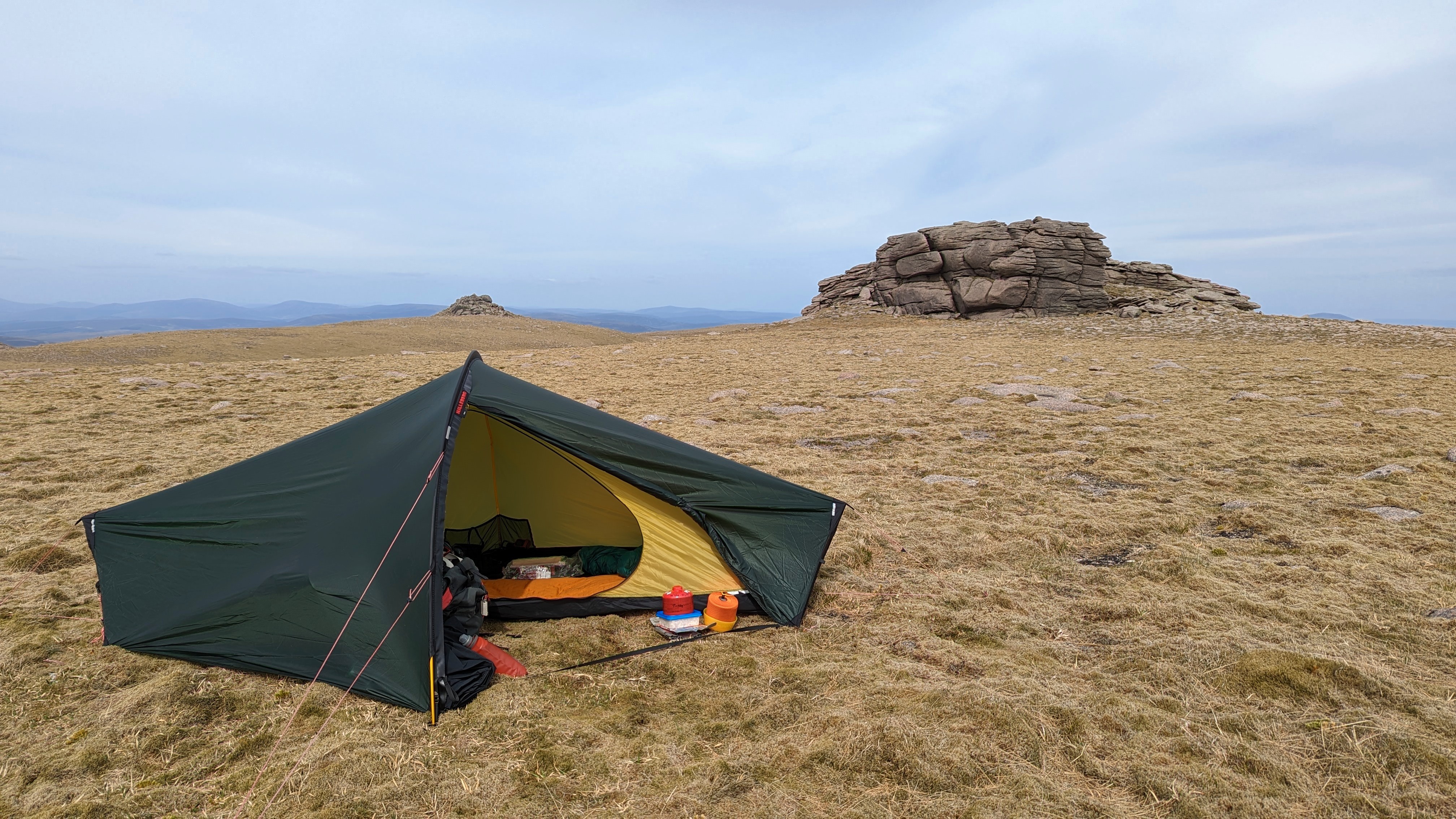
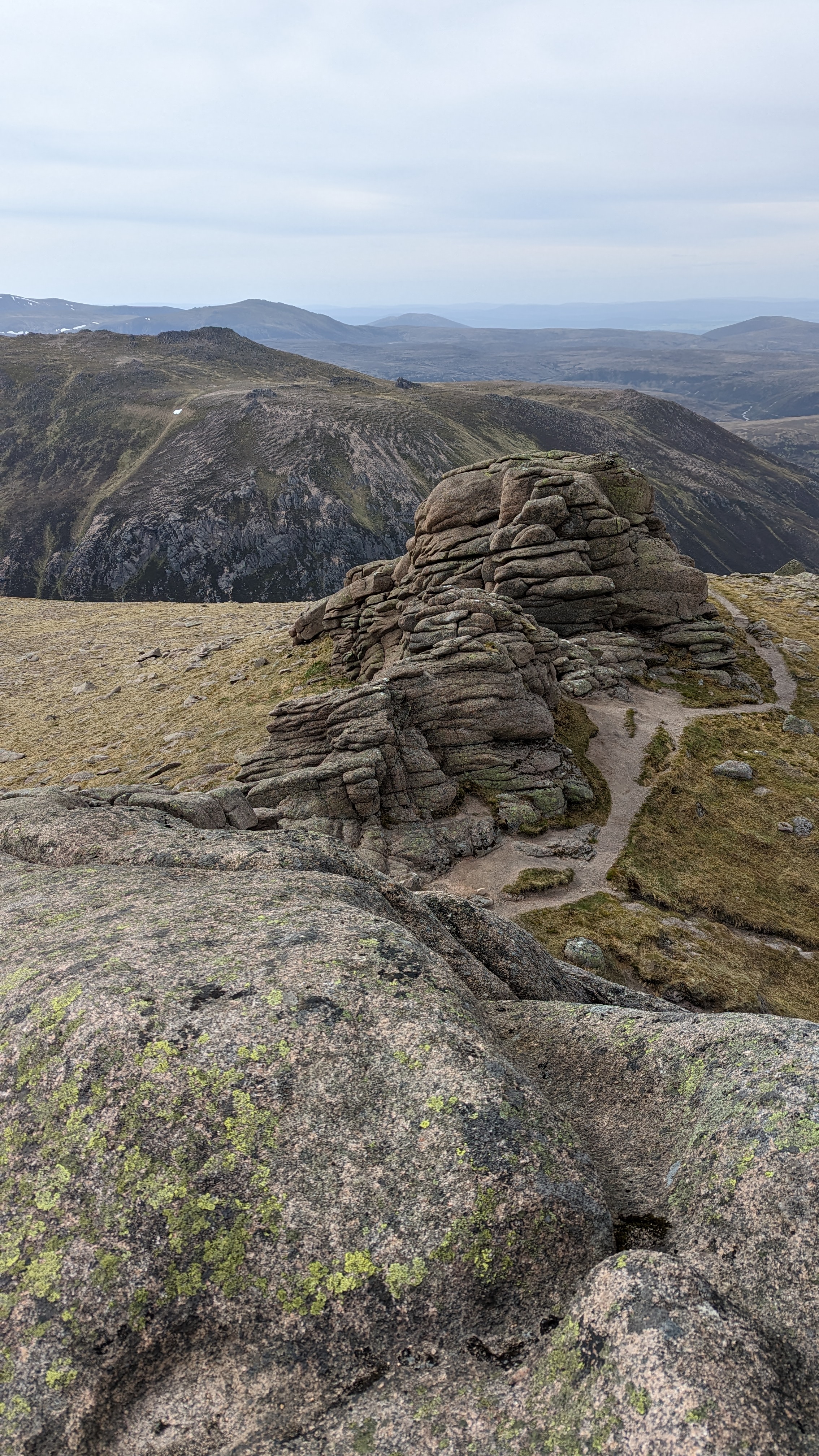 Once set up for the evening I enjoyed climbing the tor itself.
Once set up for the evening I enjoyed climbing the tor itself.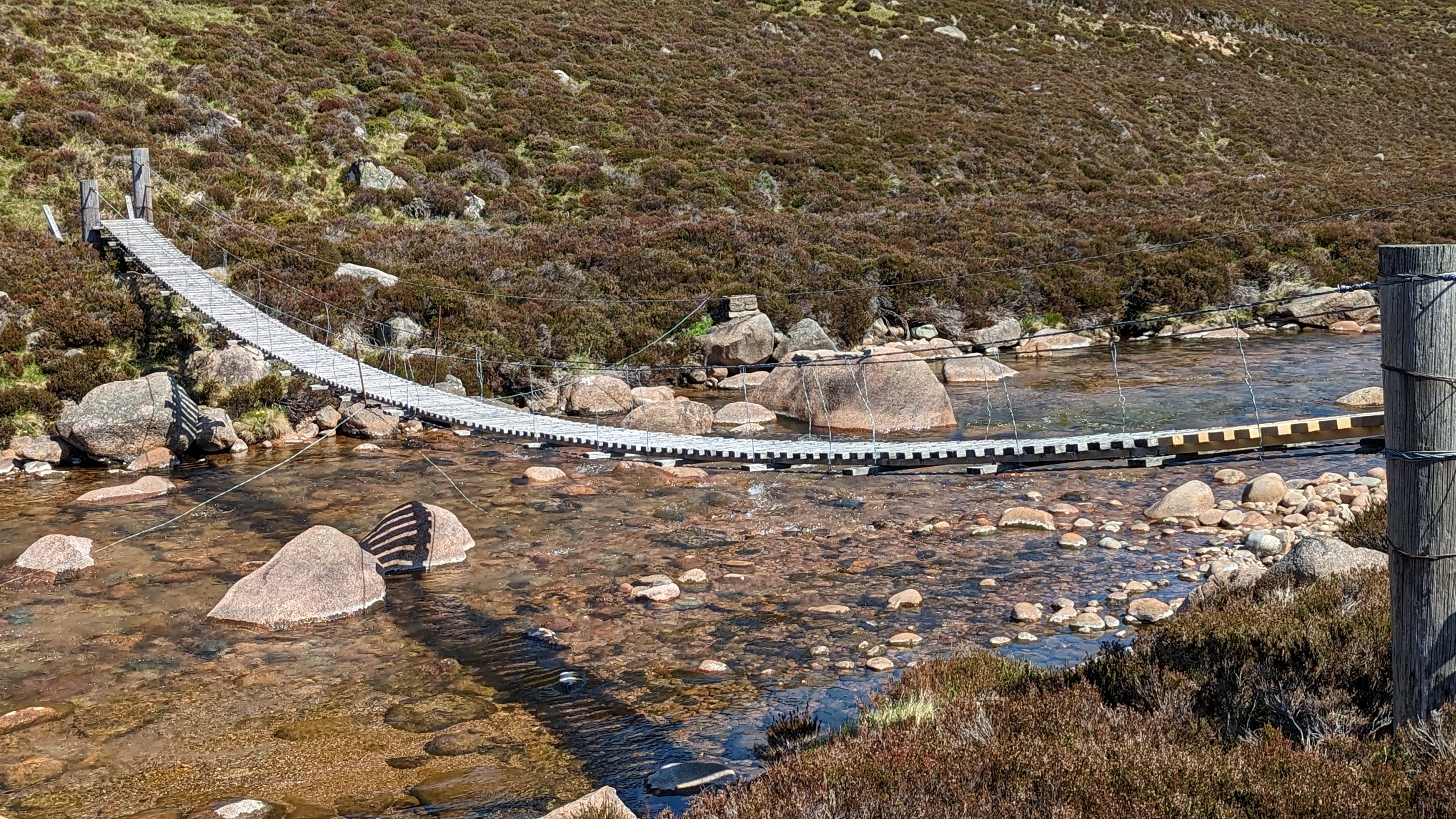
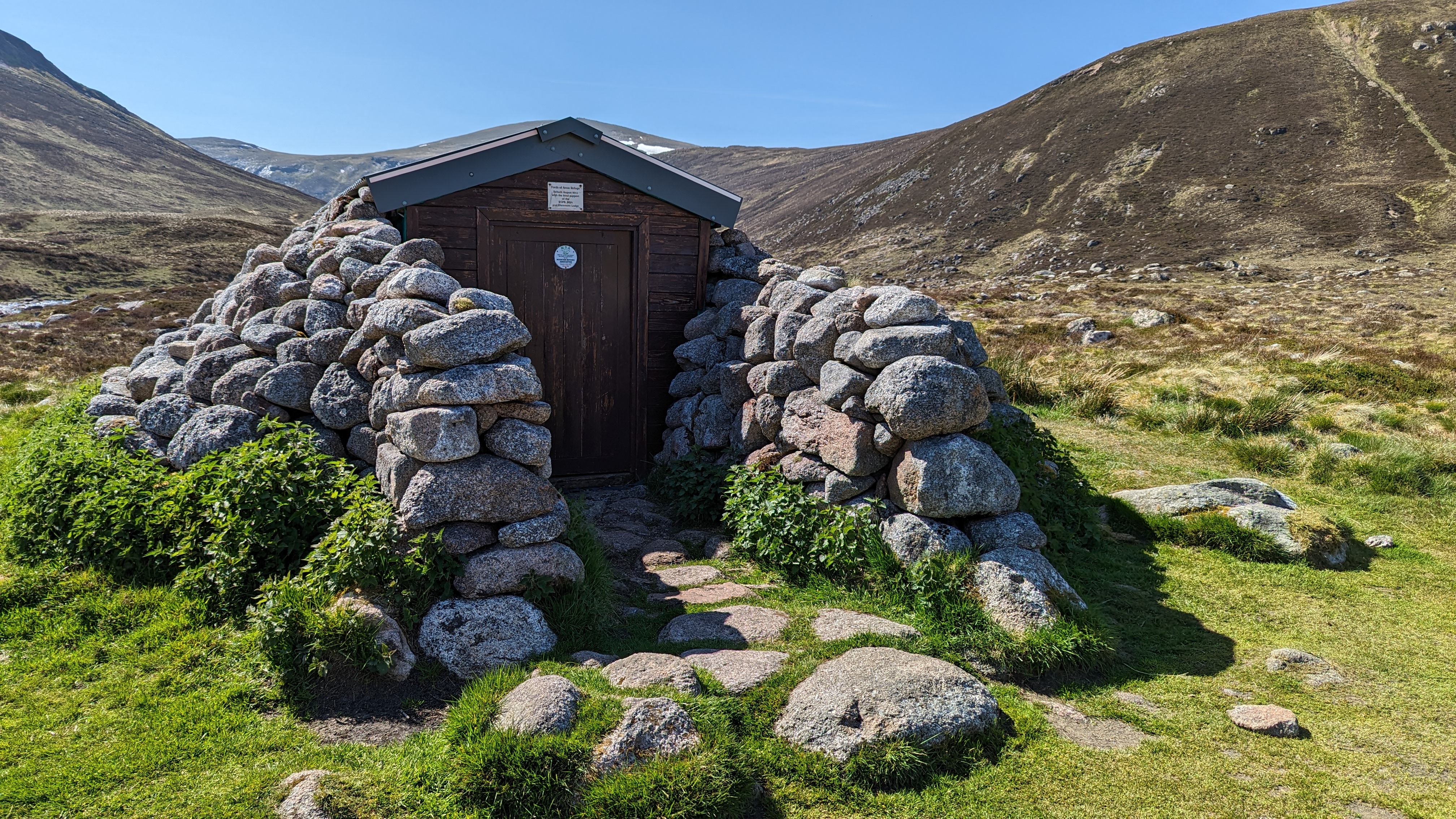
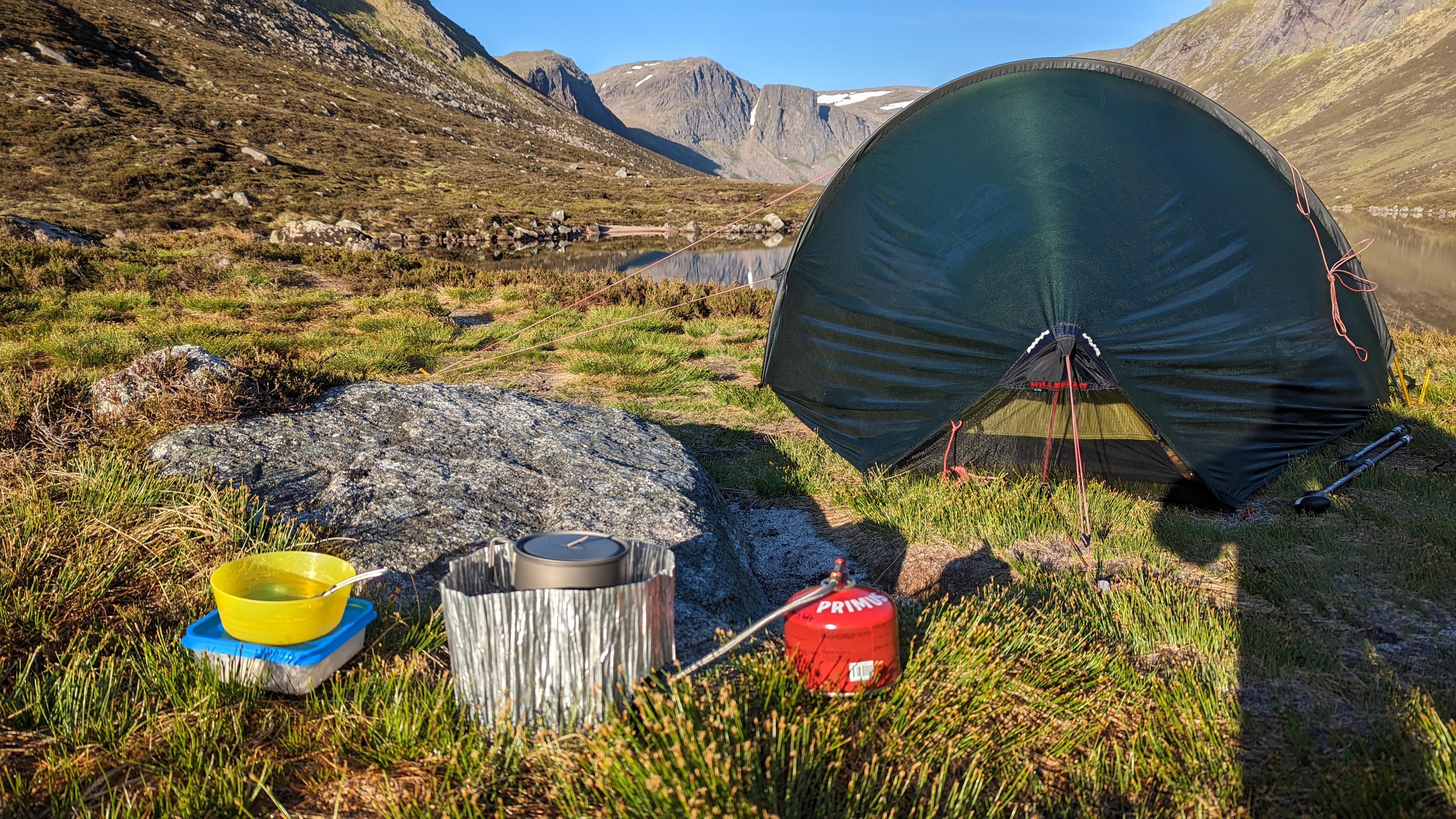
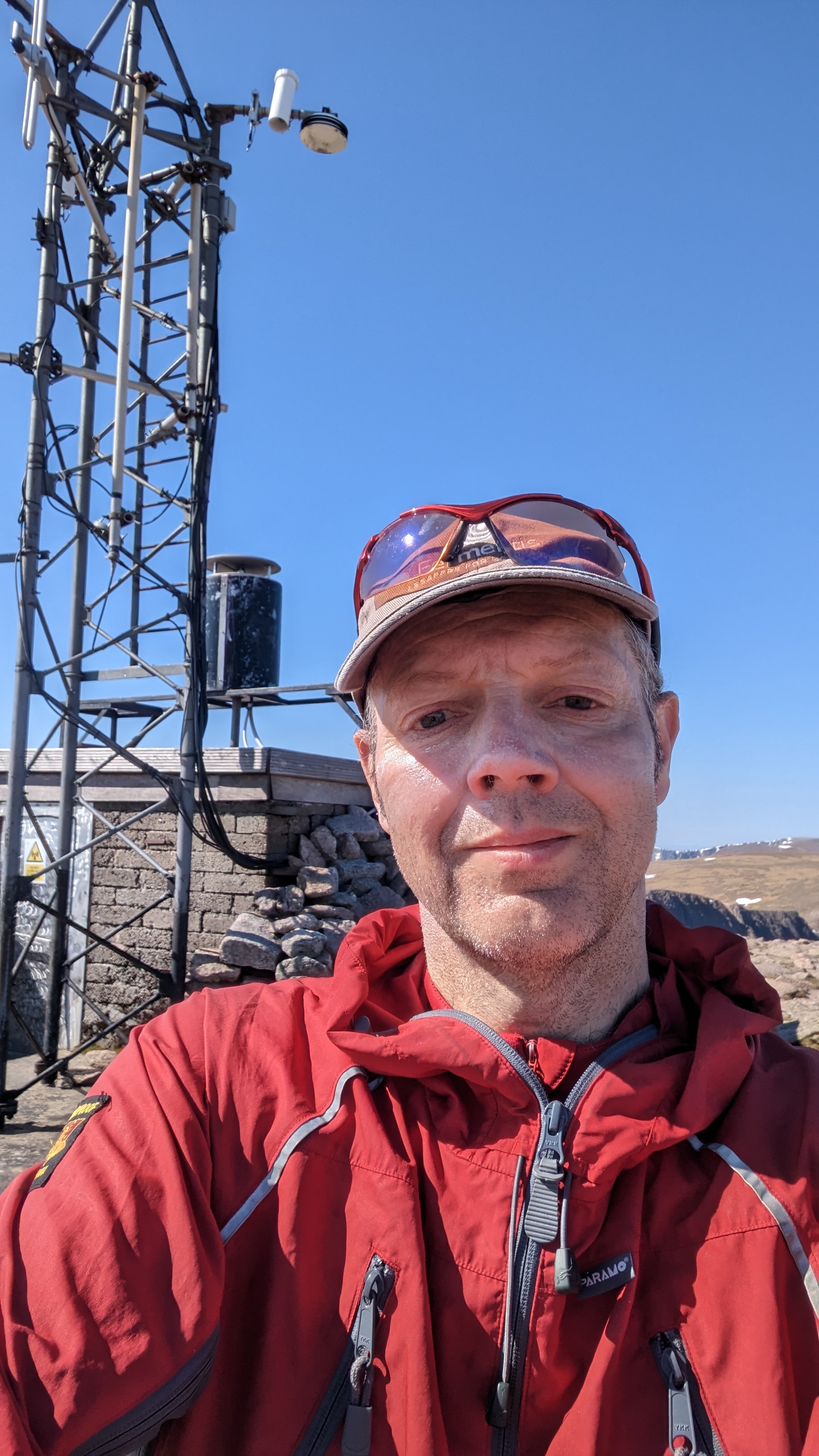 This was my first ascent of Cairngorm so I enjoyed seeing the
This was my first ascent of Cairngorm so I enjoyed seeing the 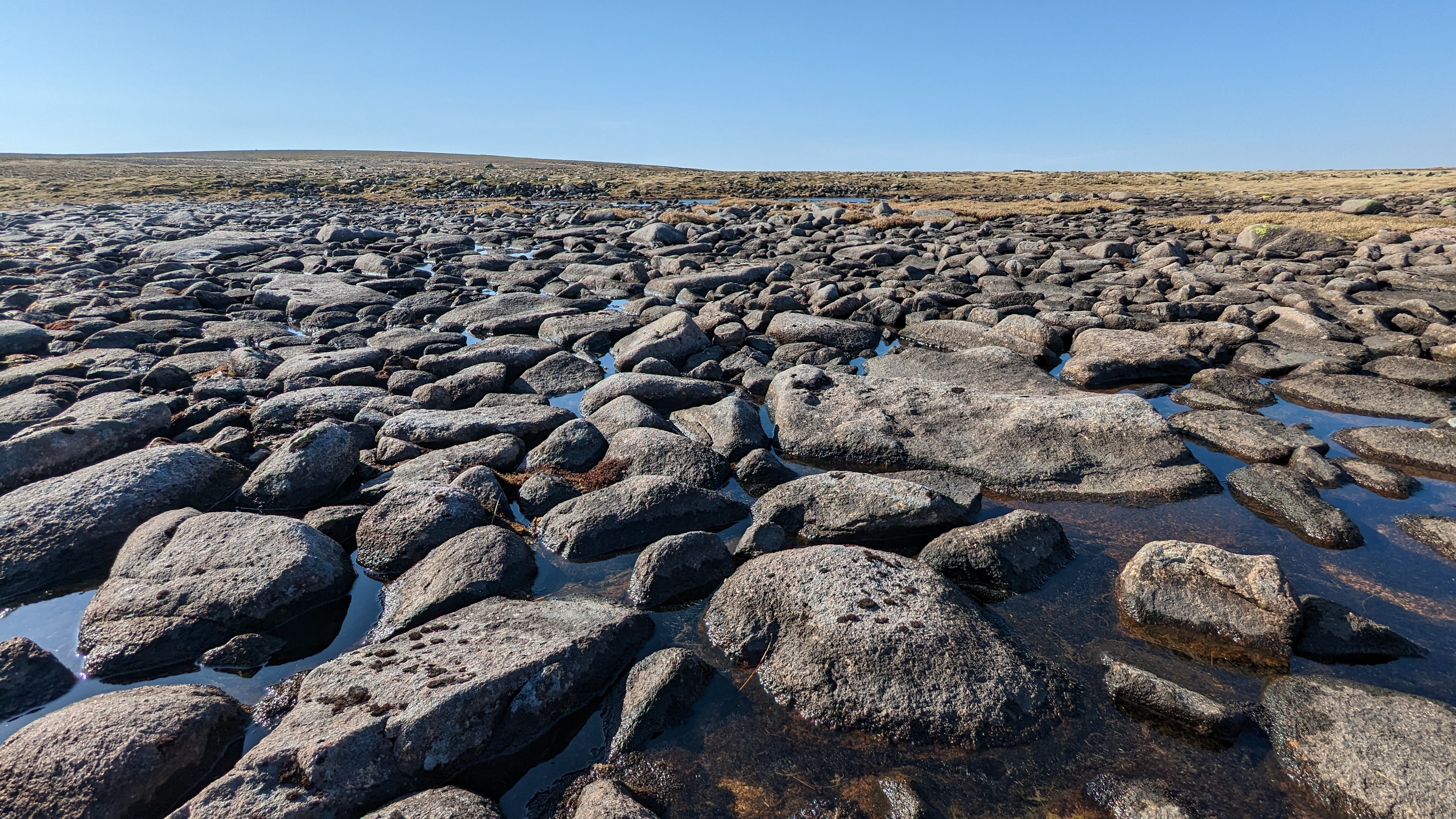




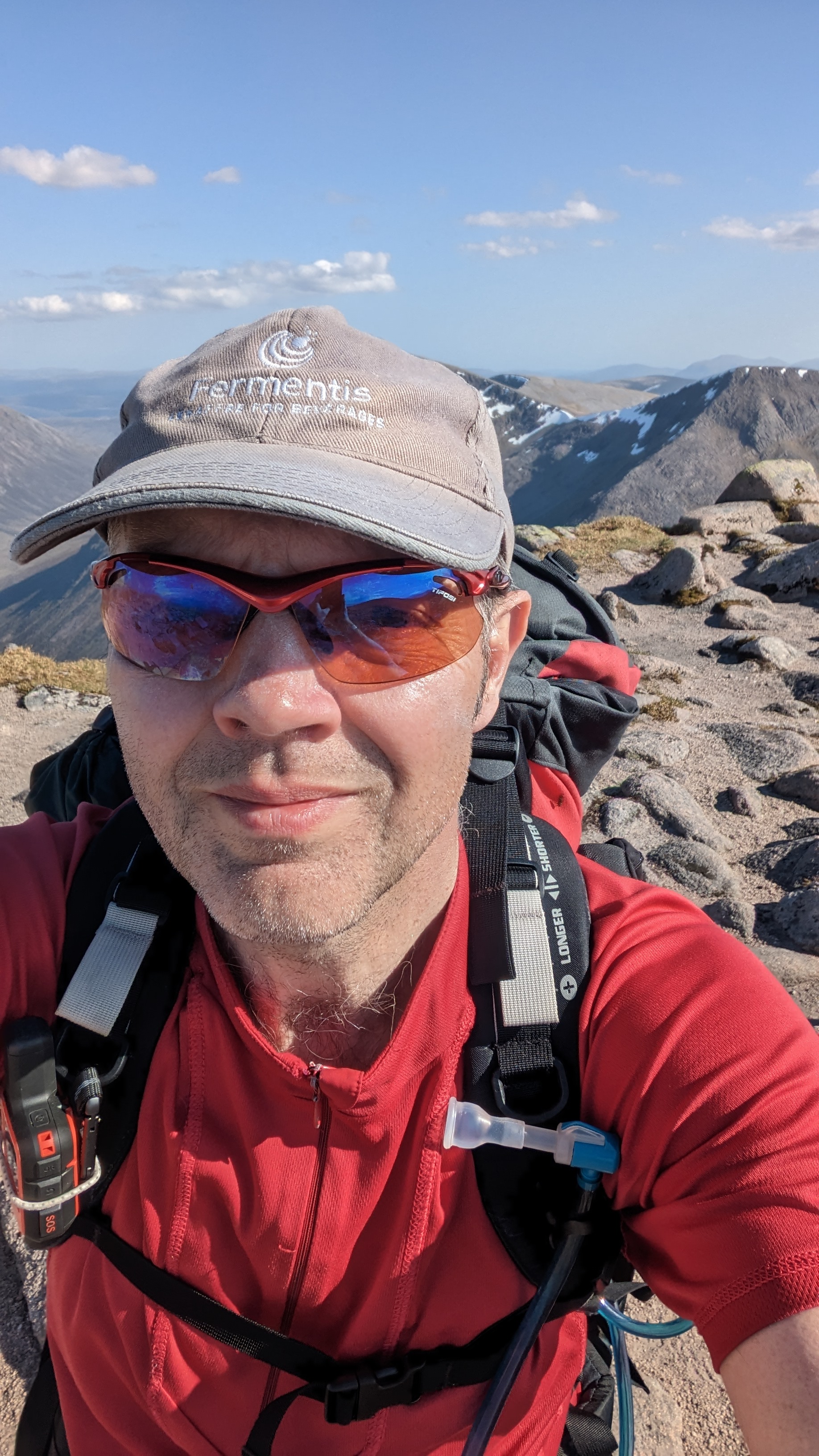
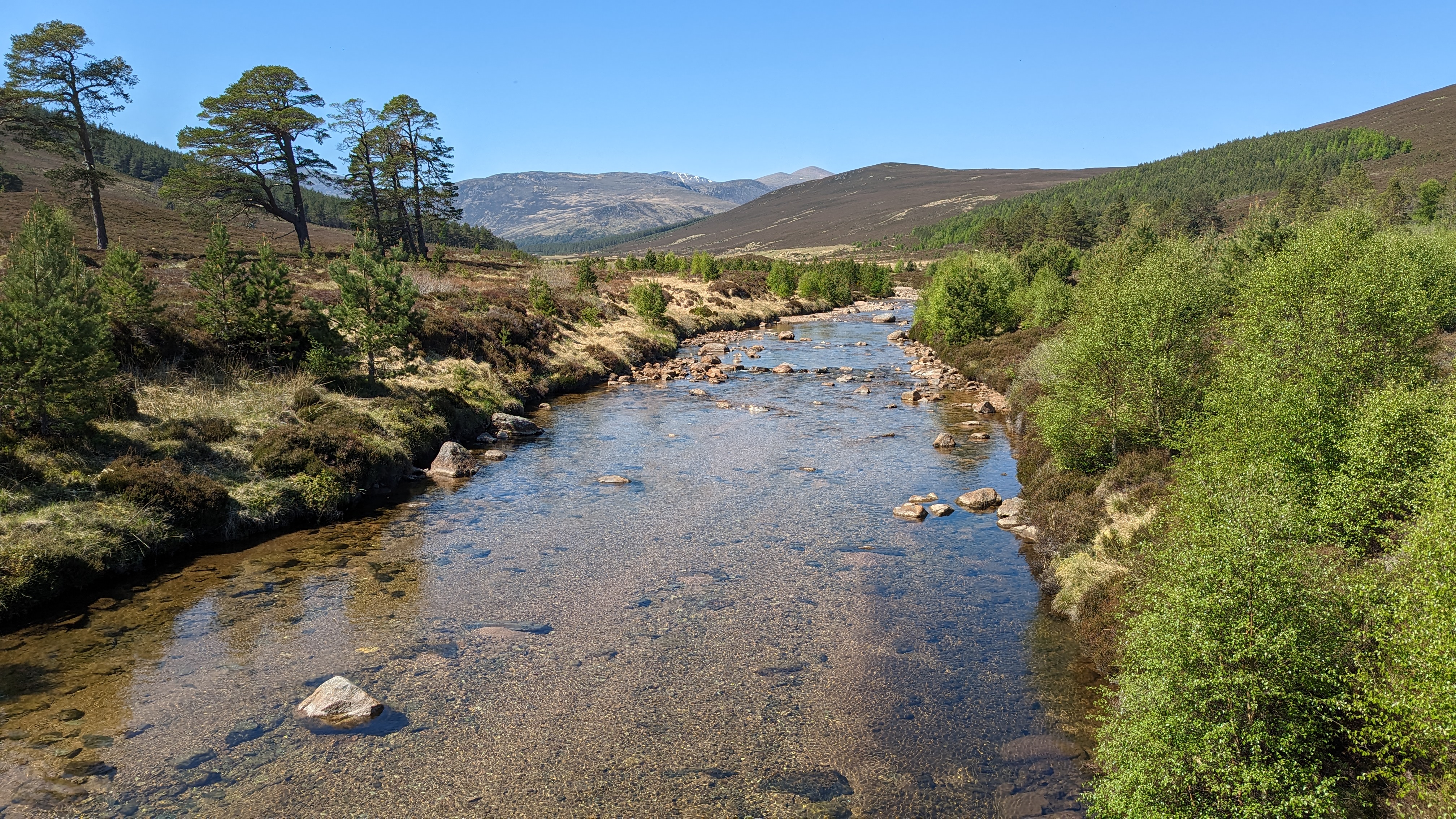
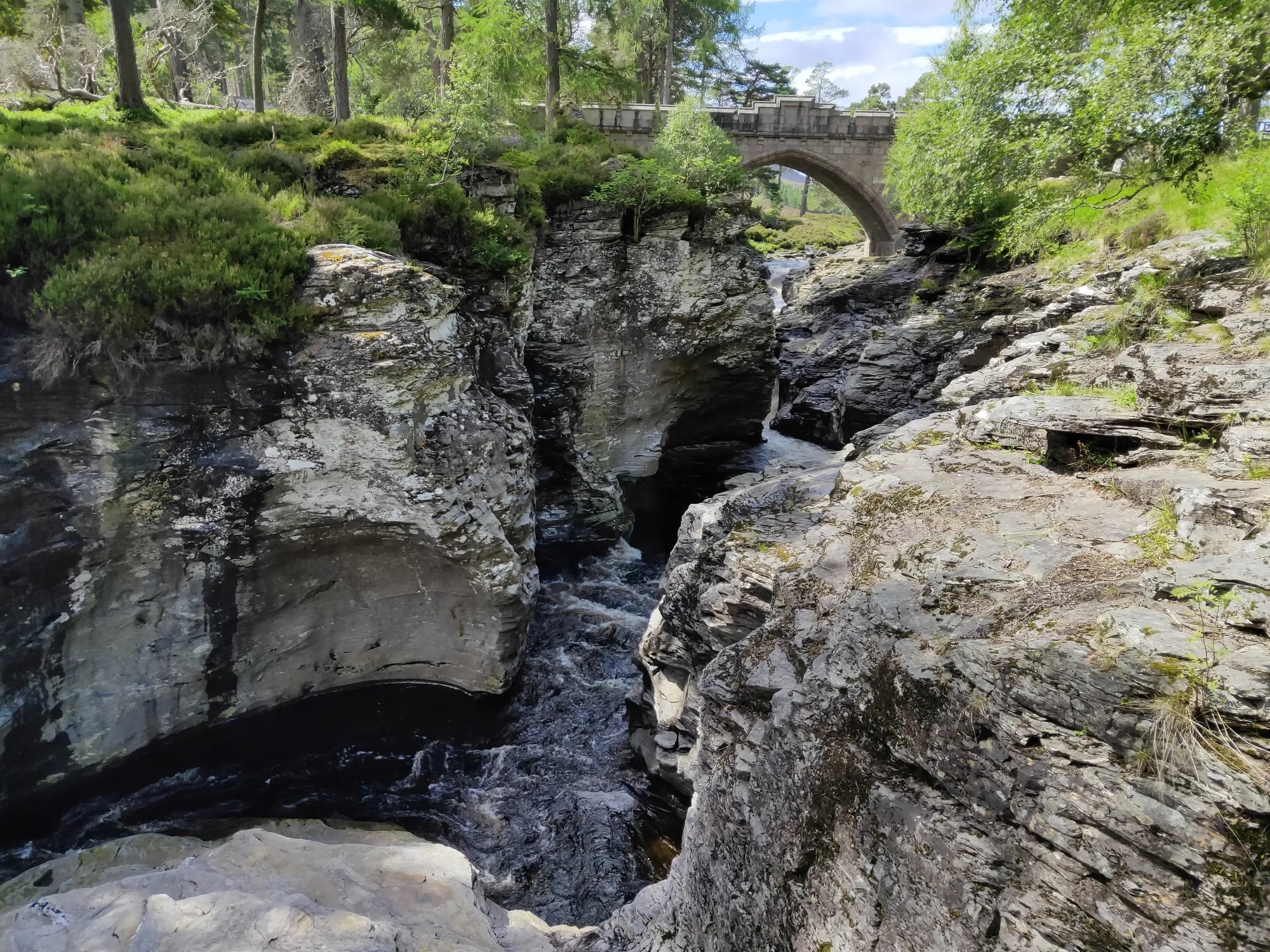
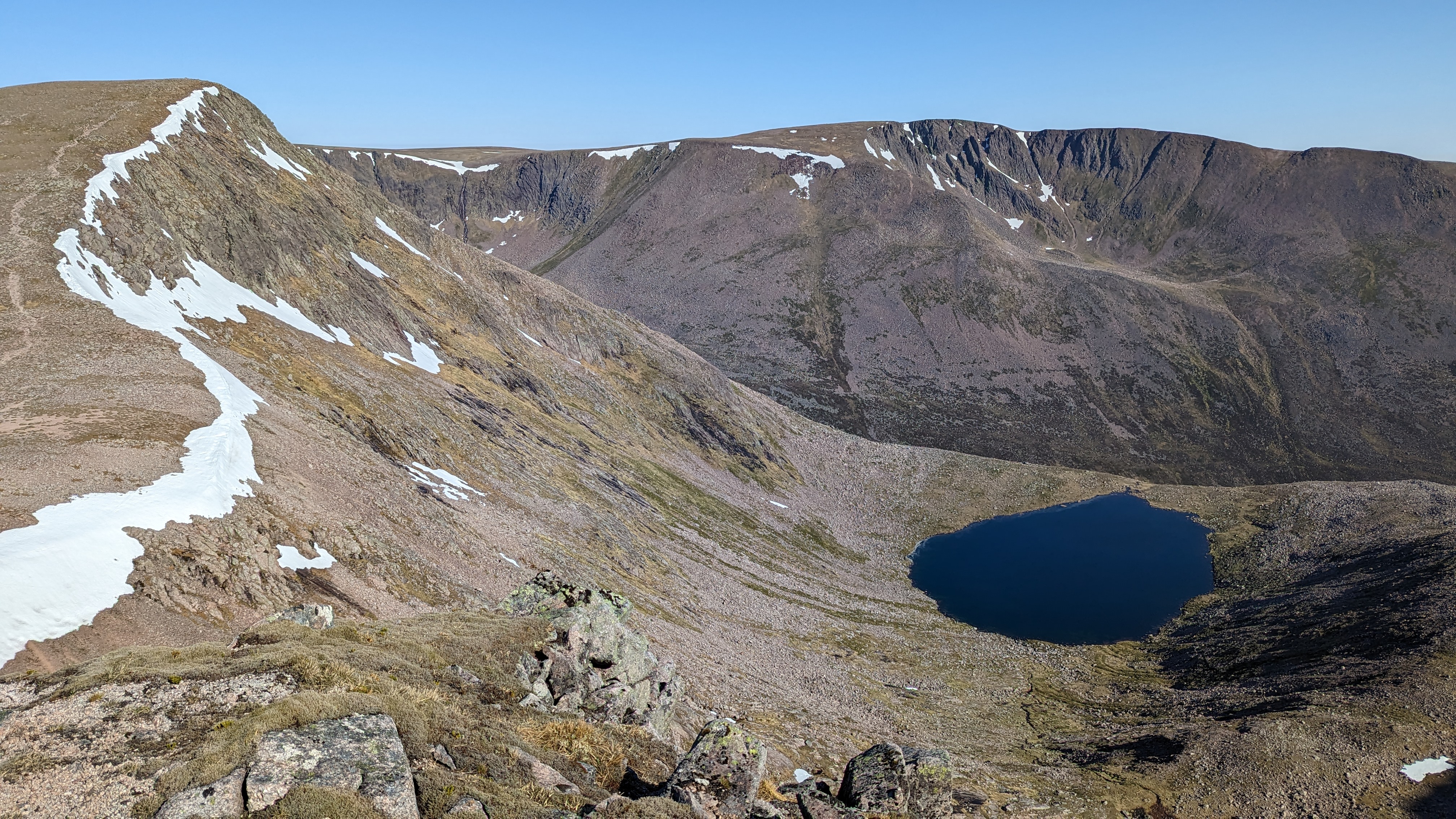
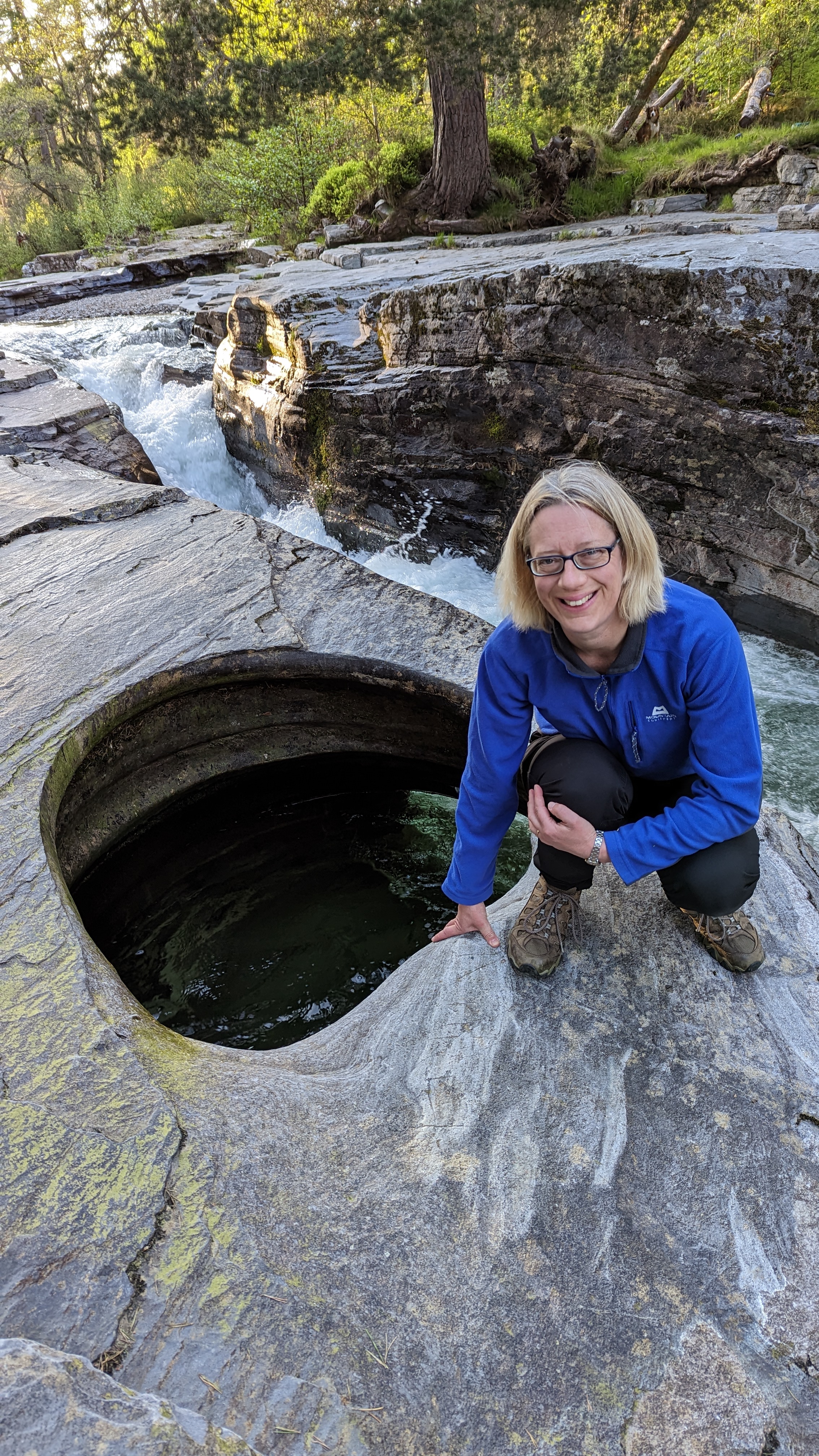 If you are inspired to spend time in the Cairngorms remember they are a truly wild place whose weather is rarely as kind as it was to me on this trip. Whilst my waterproof gear proved a dead weight, I would not have gone without it. Note also that once you are > 30 min from your entry point / road-end you will not get mobile phone coverage unless you are close to a skiing centre, I use a
If you are inspired to spend time in the Cairngorms remember they are a truly wild place whose weather is rarely as kind as it was to me on this trip. Whilst my waterproof gear proved a dead weight, I would not have gone without it. Note also that once you are > 30 min from your entry point / road-end you will not get mobile phone coverage unless you are close to a skiing centre, I use a